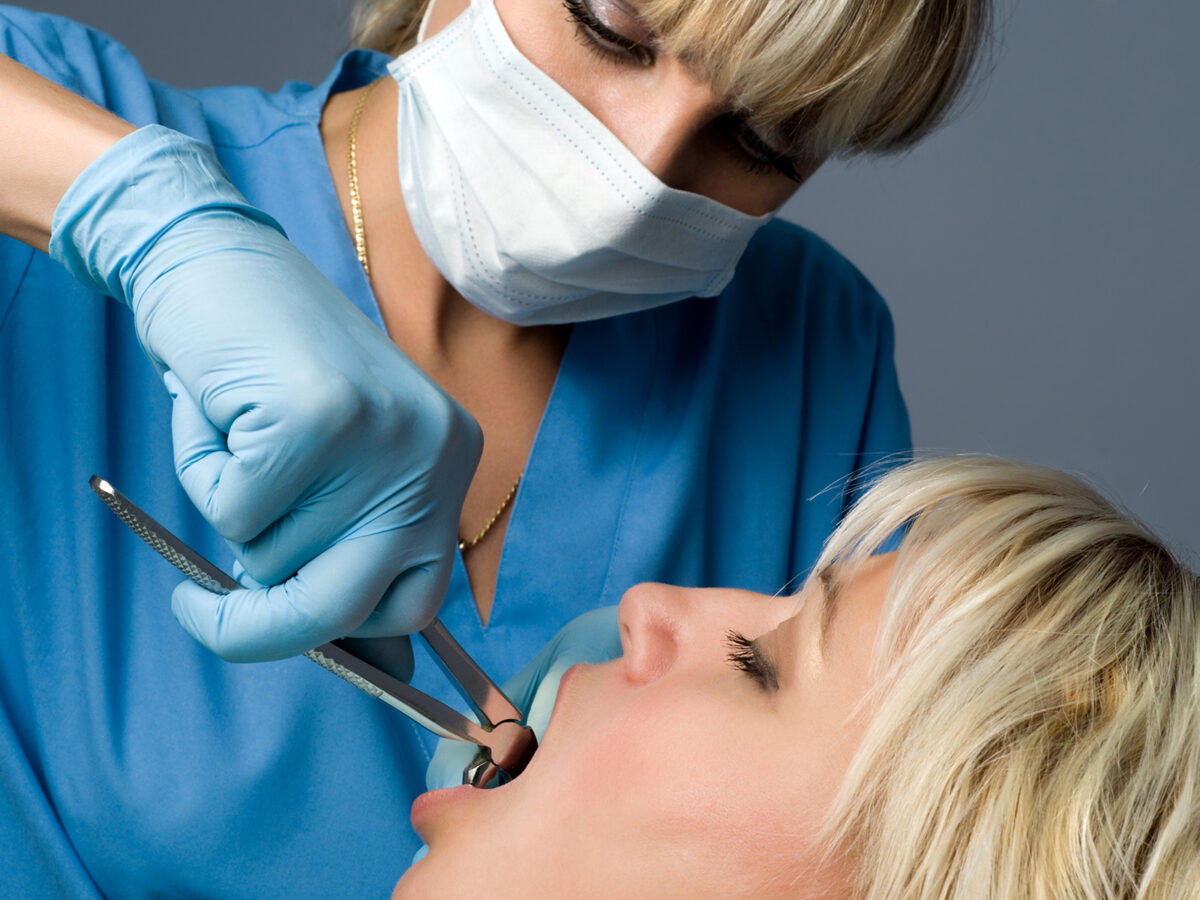Blog
Dental hygiene tips for healthy teeth & gums

What are the Various Types of Tooth Extractions that exist?
Decay, infection, or crowding can all lead to the need for a tooth extraction. Removing teeth is a complex process and is always done by a dentist or an oral surgeon. It is a quick outpatient procedure that can be done with local, general, intravenous, or a combination of these types of anesthesia.
To learn more about how it happens, you need to know about the various kinds of tooth extractions that are done today. In dentistry, there are three main types of dental extractions, which are:
- Simple Tooth Extraction- A simple extraction is when a dentist needs to remove teeth that can be seen in the mouth. Most of the time, they have tools that help lift or raise the teeth and others that hold them in place.
These are fairly simple procedures that can be done in a dentist’s office with local anesthesia. For pain after a procedure, the dentist may give you over-the-counter painkillers.
- Surgical Tooth Extraction- This is done when the teeth that need to be removed can’t be reached easily or are still under the gums. The dentist may have to cut through the gum tissue to get to the tooth and pull it out.
This procedure is more complex than just pulling out teeth, so it takes more time and tools to get ready. This process takes longer to heal afterward than a simple extraction.
- Wisdom Tooth Extraction– Wisdom tooth extraction is the last type of teeth removal. Even though it is a form of surgical extraction, it is in its own category because of how often it is done.
Wisdom teeth are no longer useful because of evolution. If they grow in at the wrong angle, they can be painful for many people. But of all the extractions that have been mentioned so far, this is one of the most common.
Prevalent risks factors of a tooth extraction
There are a few risks to getting a tooth pulled, but if your dentist recommends it, the benefits are likely to be greater than the small chance of problems.
When you take out teeth the normal way, a blood clot forms around the wound in the shape of a “socket,” which looks like a hole where the teeth used to be. If this happens, the dentist will put a sedative dressing over the area for a few days to protect it. It is noticed that there occurs a new clot that gets develops over a period of time. Some of the most important risks that come with getting a tooth pulled are:
- Bleeding that lasts longer than 12 hours
- Cough
- Swelling and redness at the surgical site
- Severe fever and chills, signaling an infection
- Nausea or vomiting
- Pain in the chest and trouble breathing
You should call your dentist immediately if you have any of these signs.
Tooth Extraction Aftercare
You may have jaw and joint discomfort due to your mouth opening during the operation. You might have a dry socket if the pain lasts longer than 3 days or worsens.
- When the blood clot in the periodontal pocket doesn’t form or fall out, the bone of the socket walls is exposed. This is called a “dry socket.”
- A dry socket is usually treated with a medicated gel that the dentist puts in the socket to cover it.
Make an appointment with your dentist as soon as possible if you have pain that doesn’t go away after a few days or signs of an infection, such as fever, pain, pus, or drainage from the cut. Even though getting a tooth pulled hurts, your dentist or oral surgeon can remove that pain by giving you local anesthesia and sedatives.


